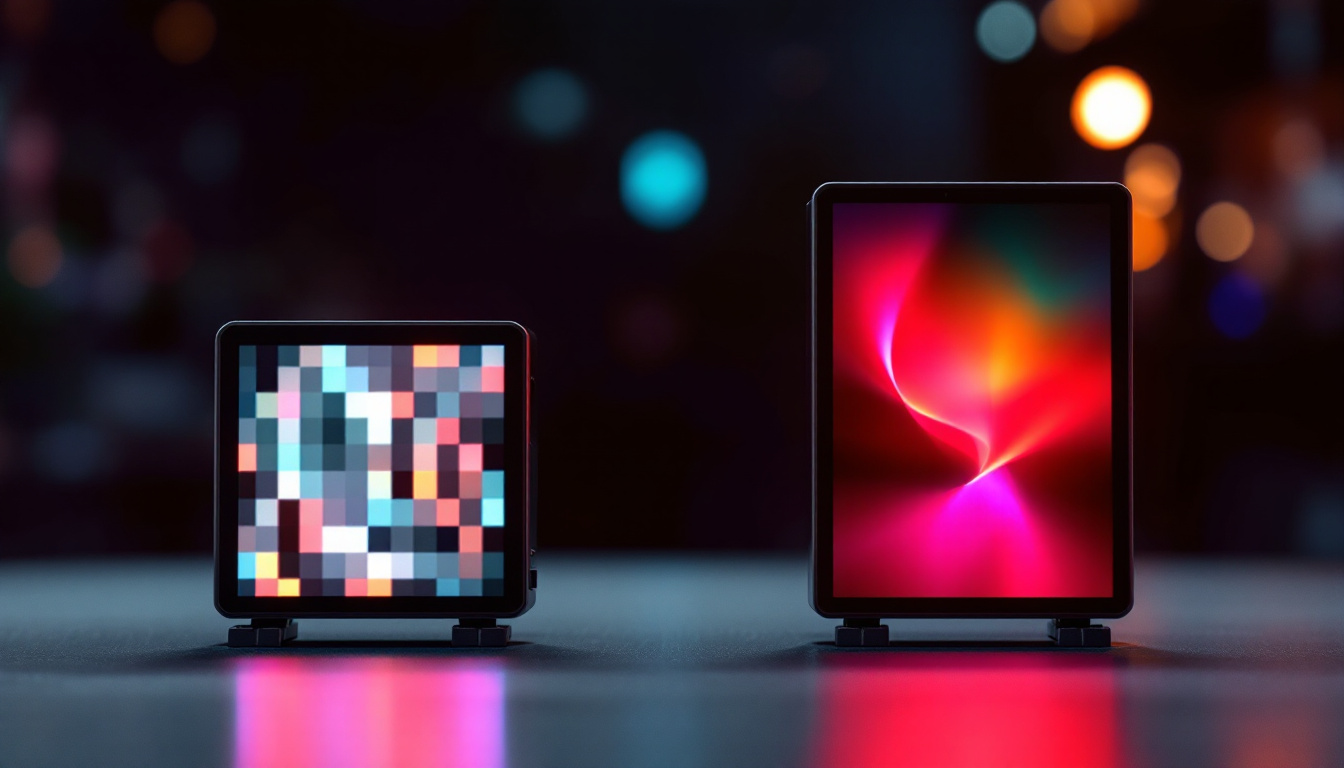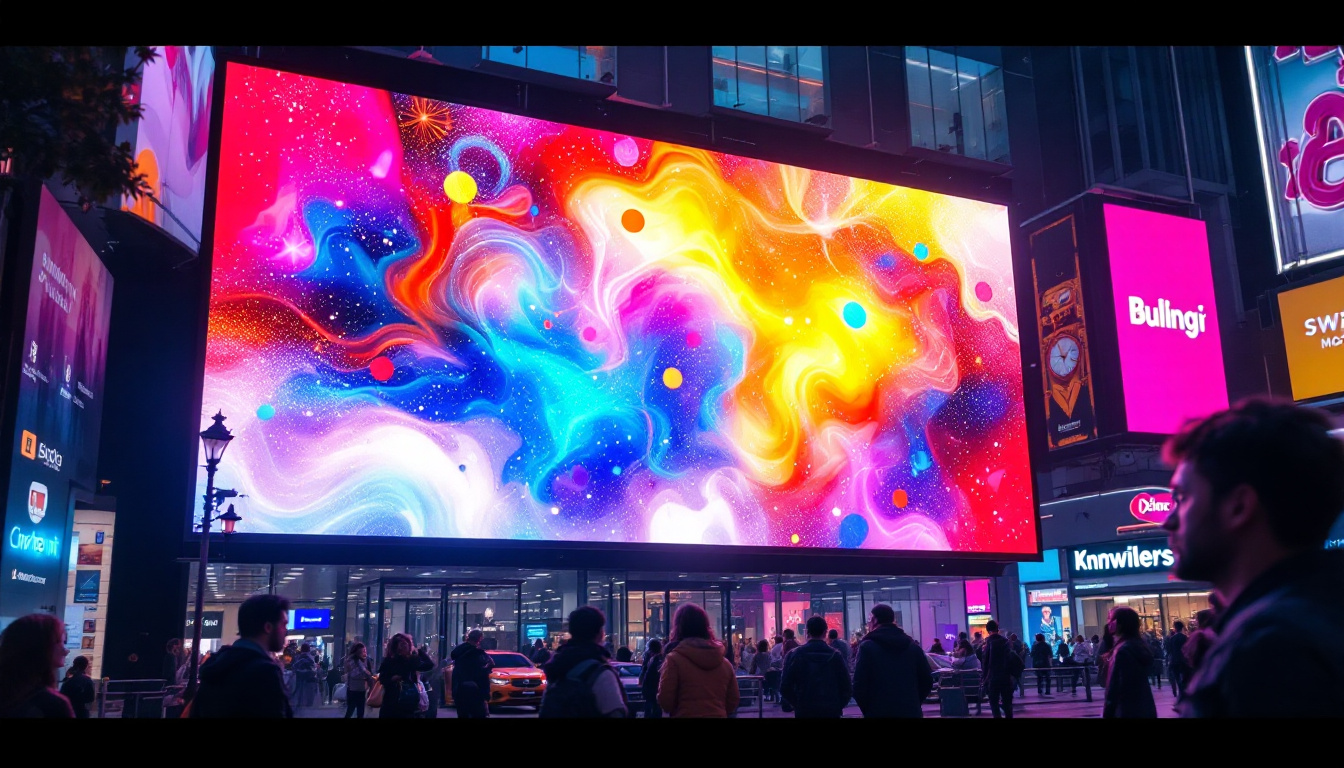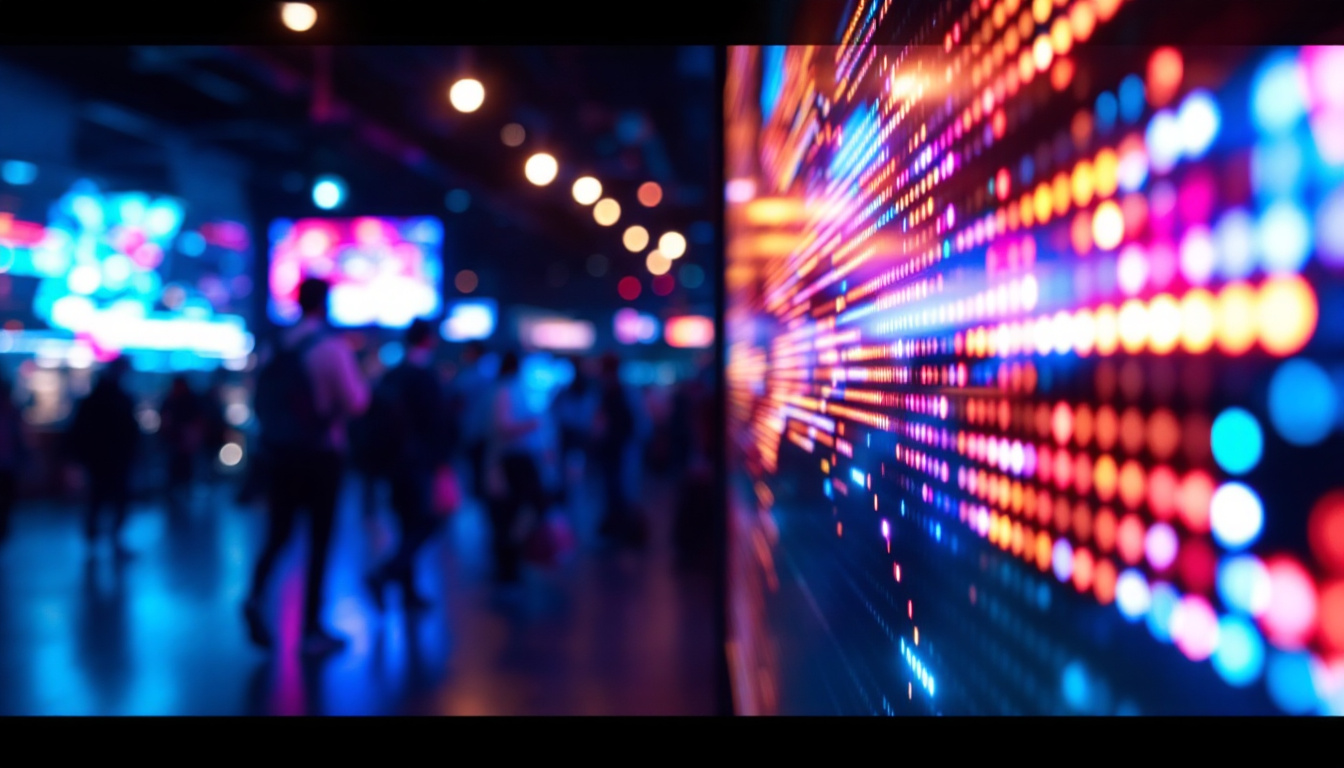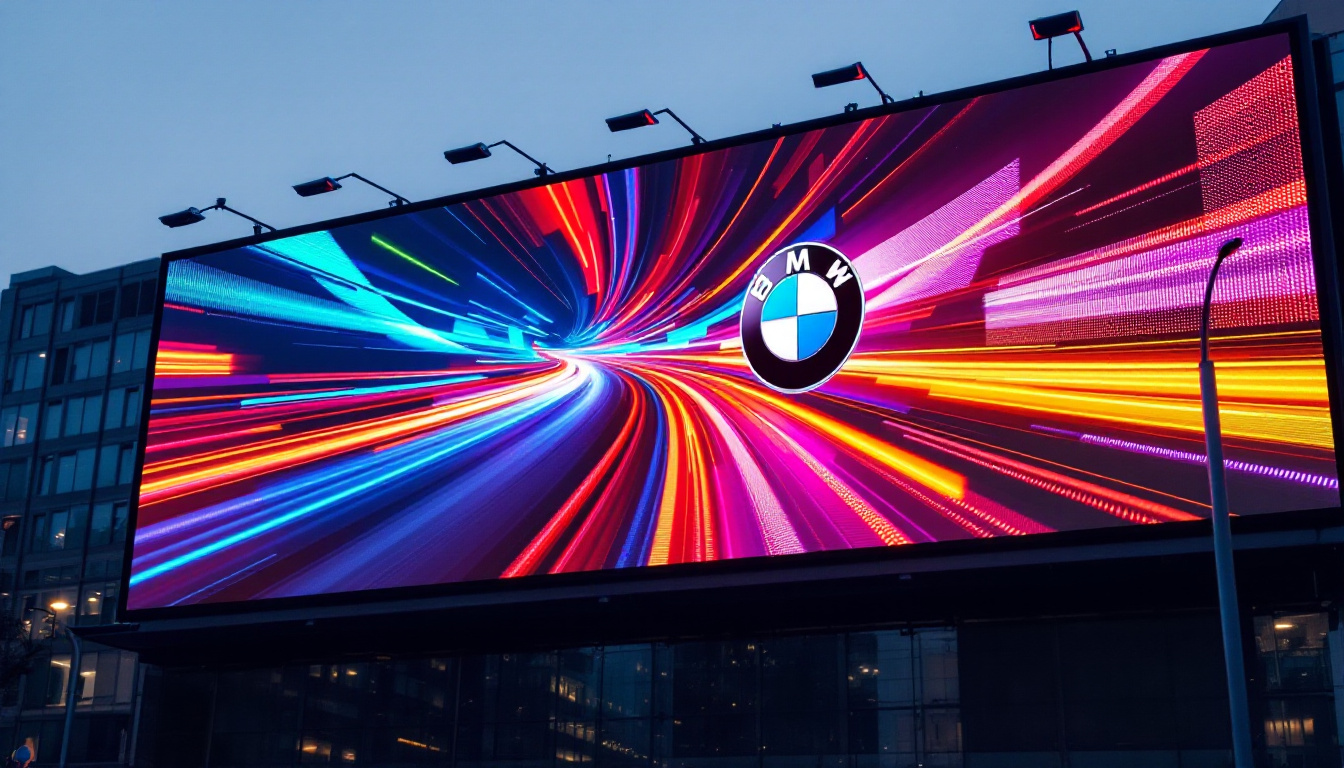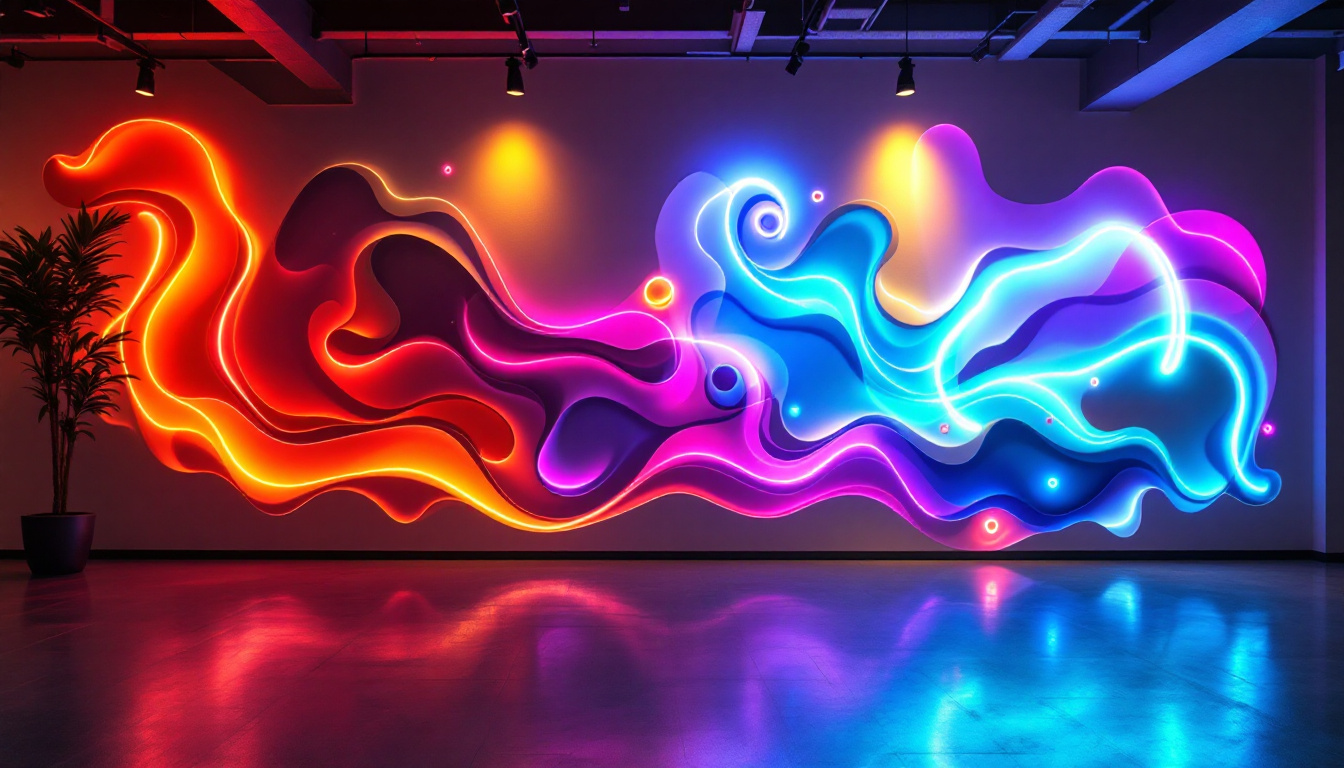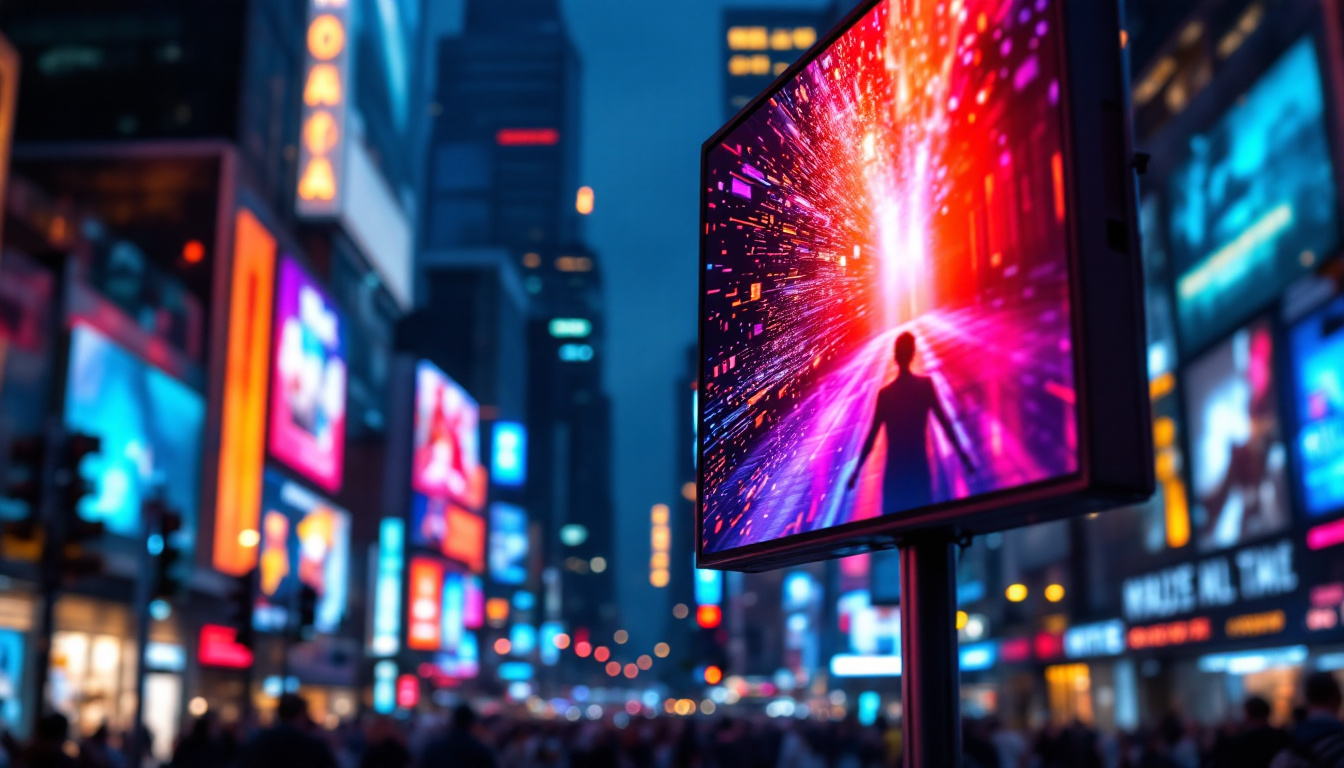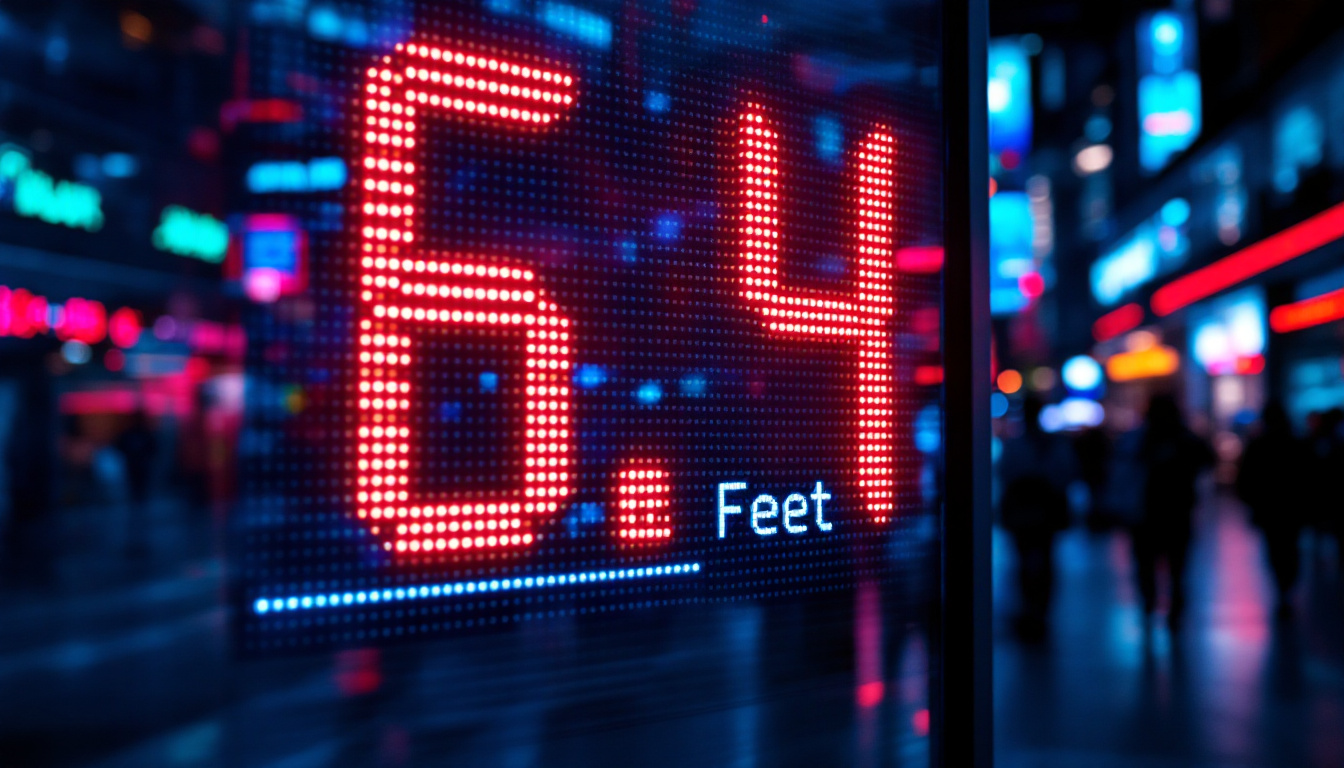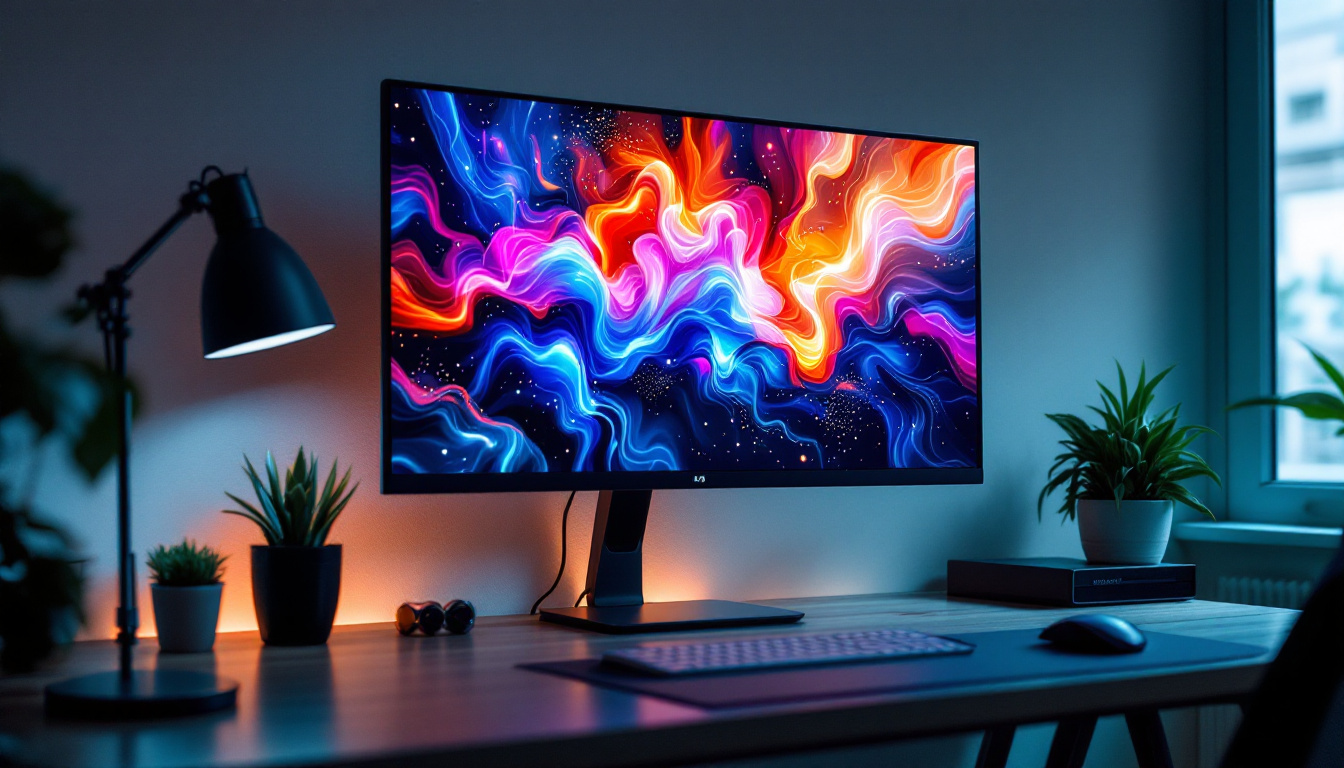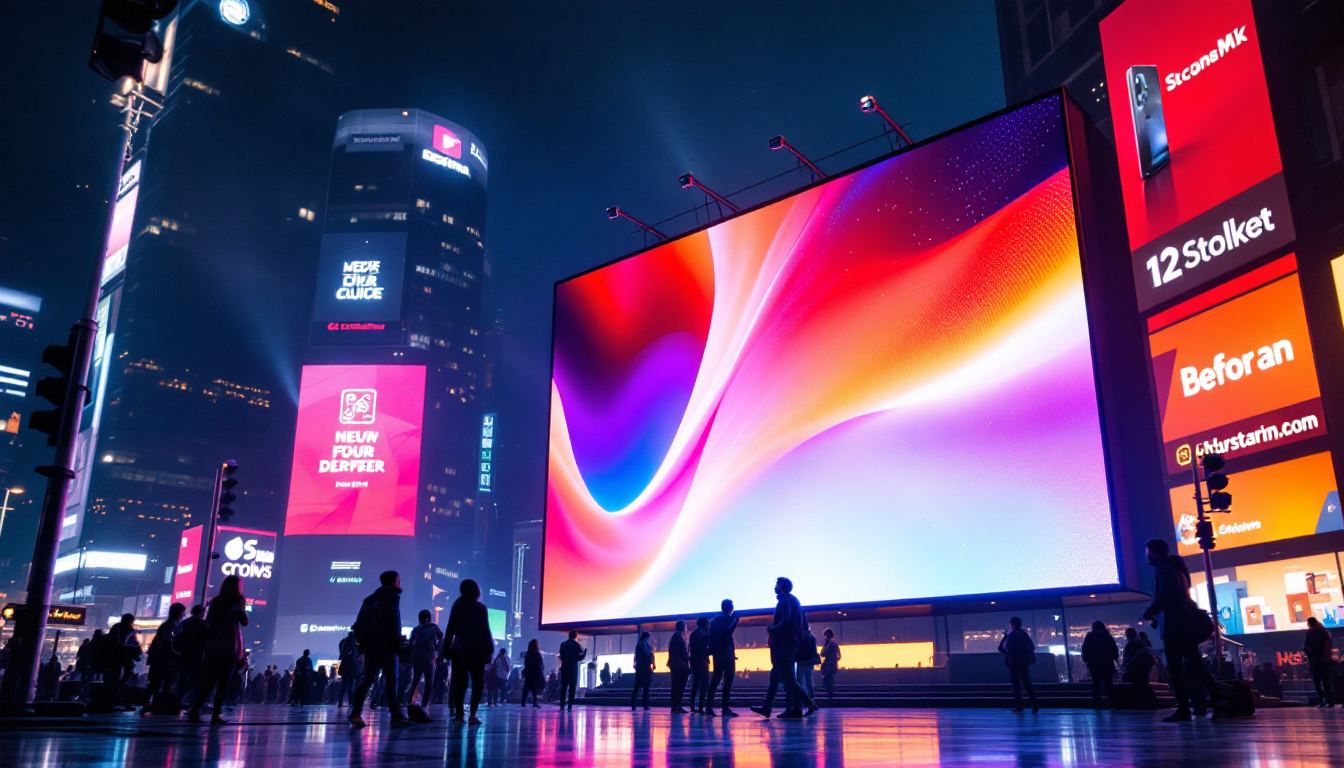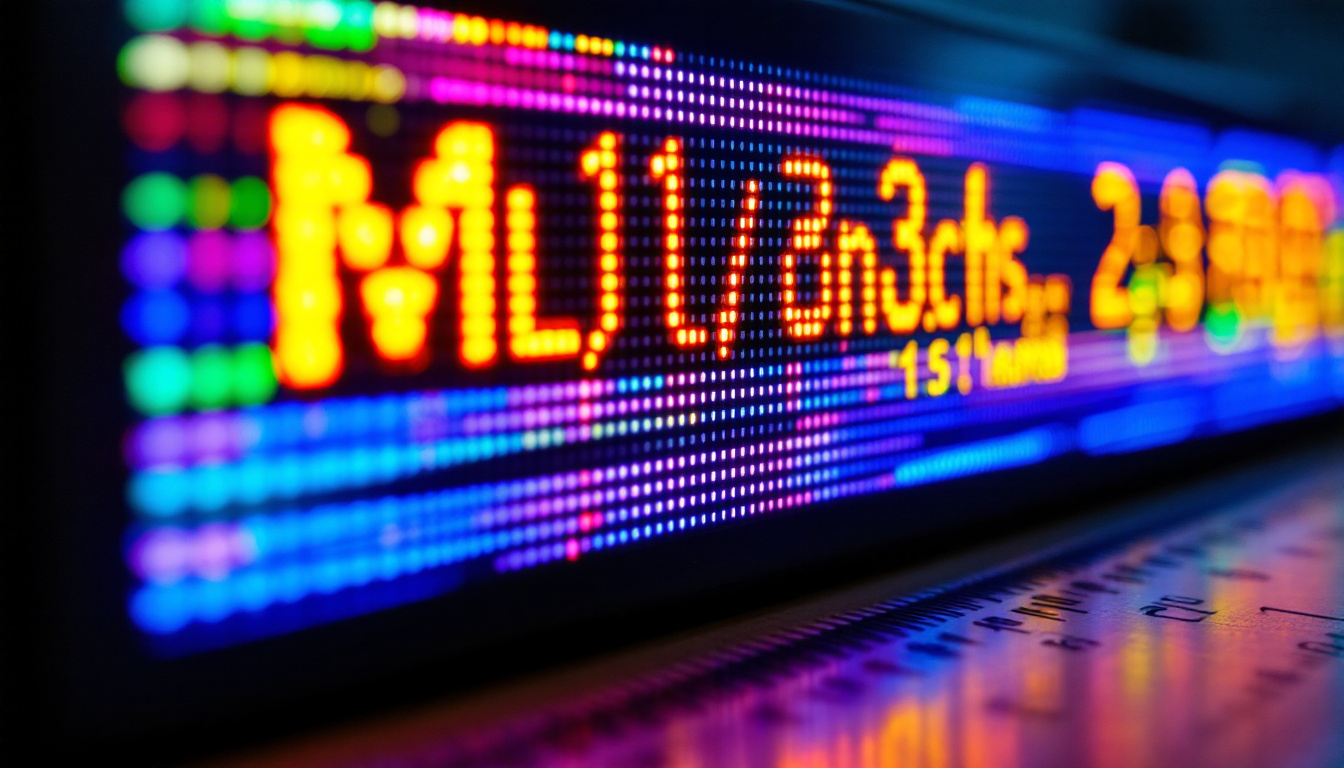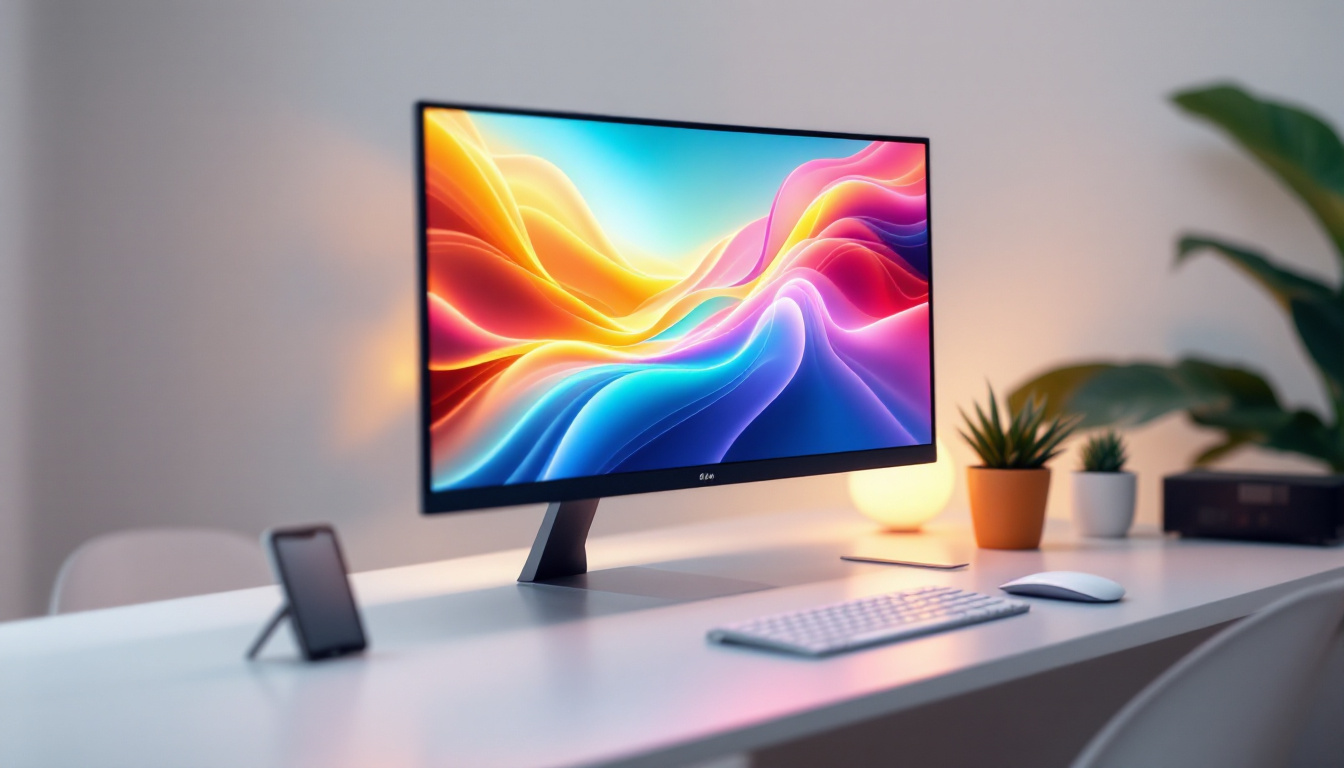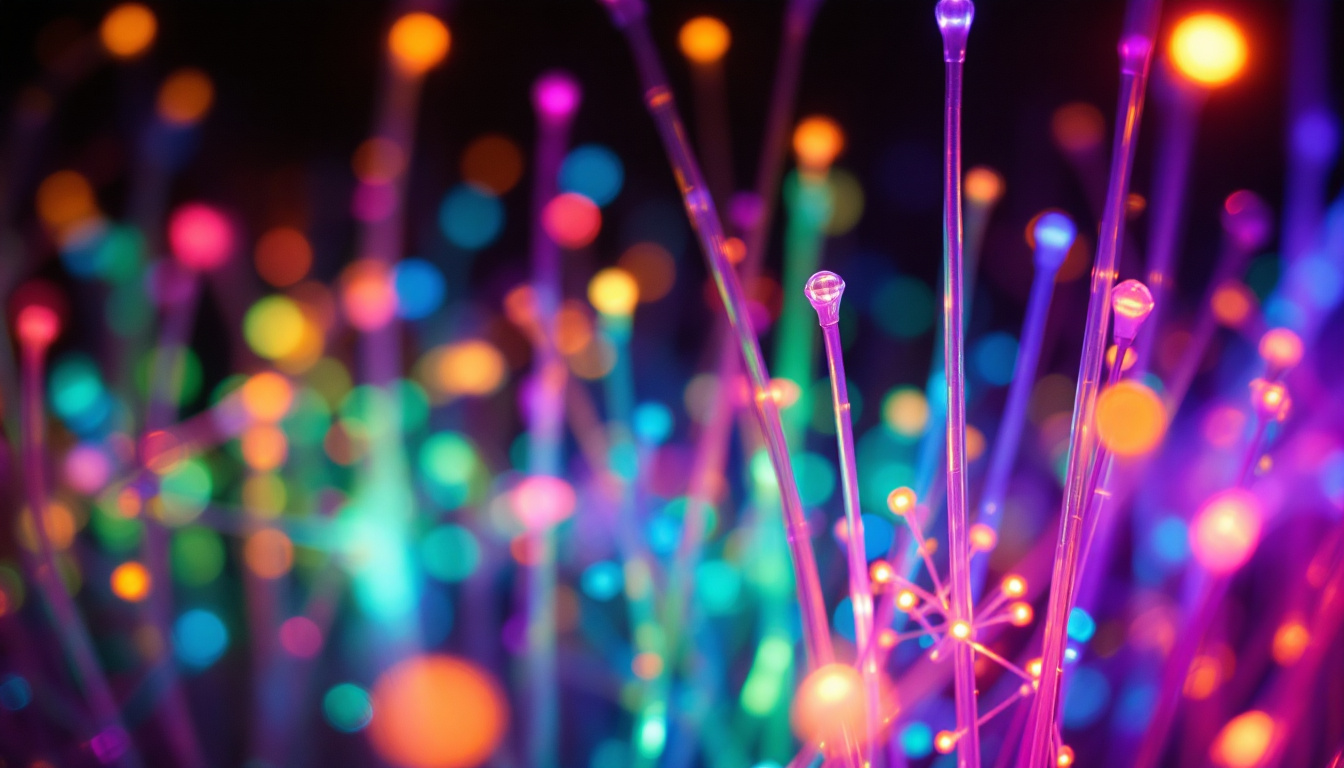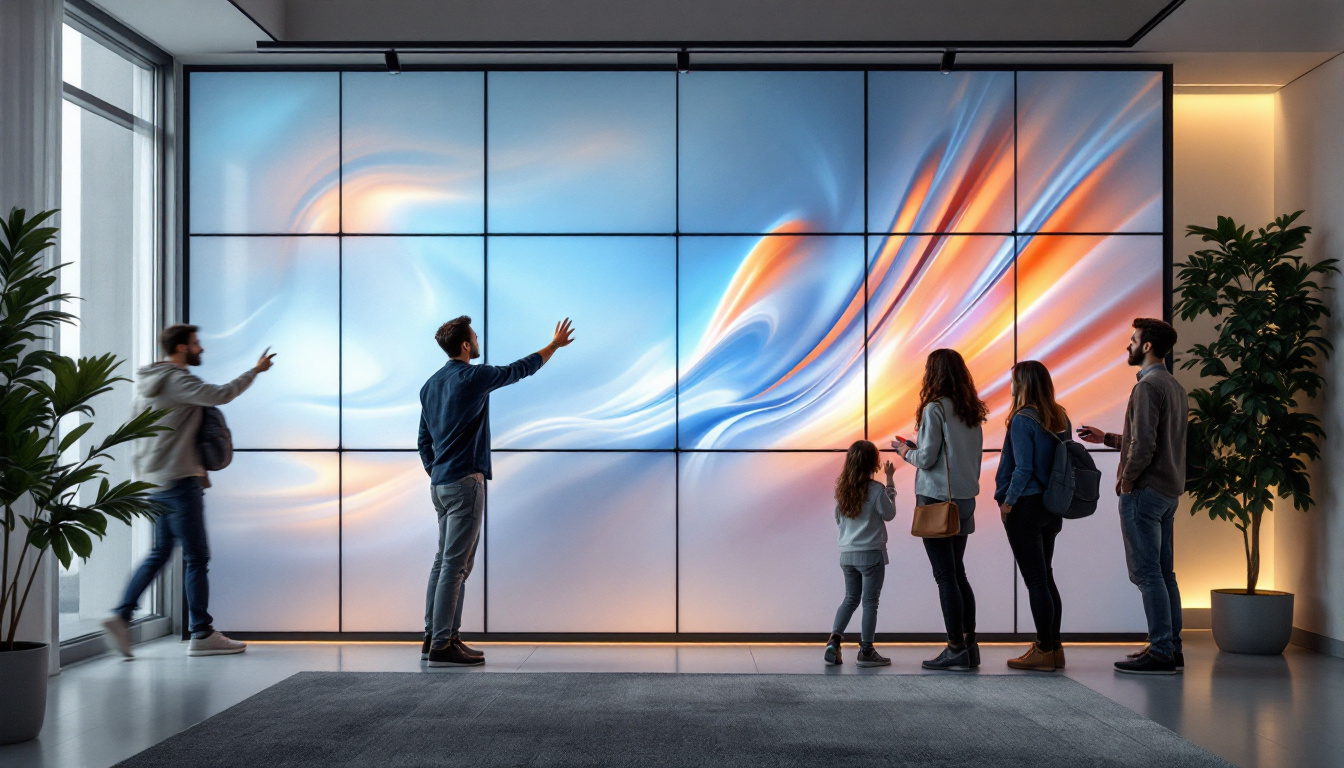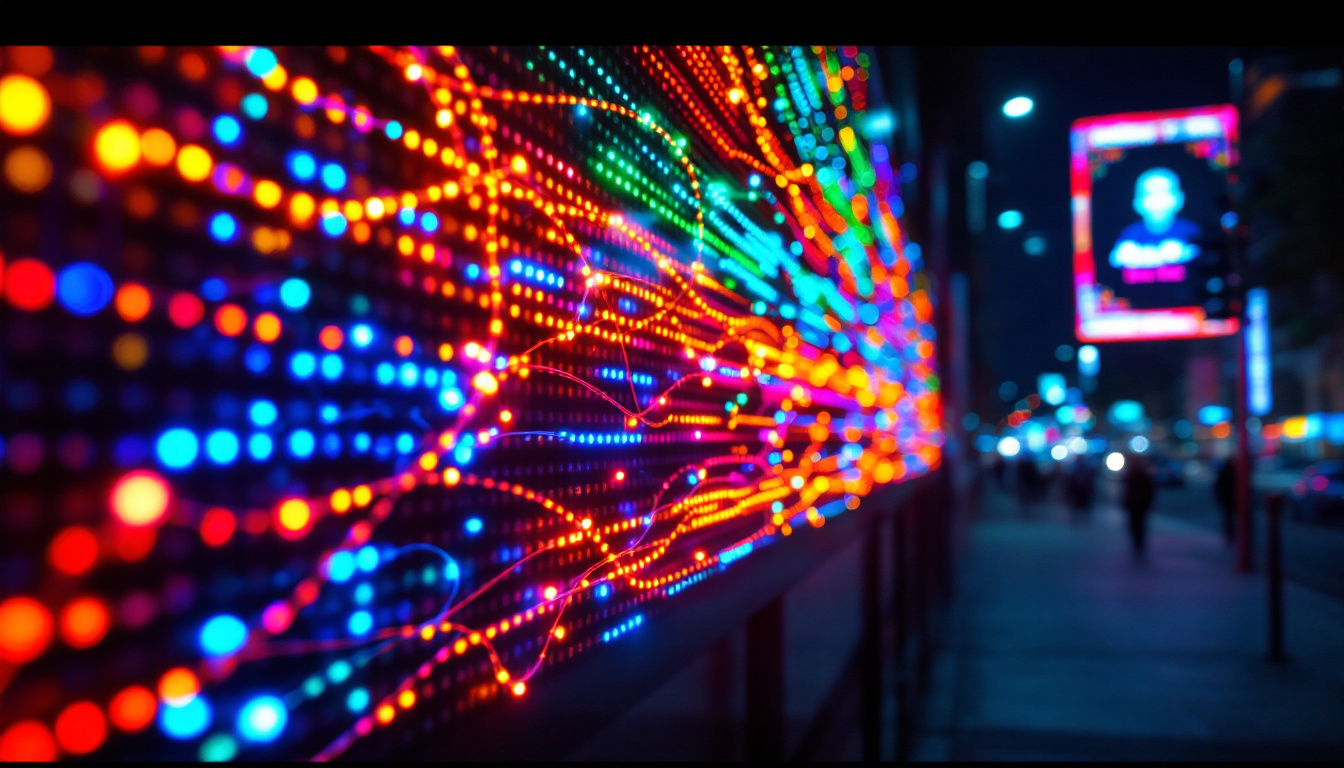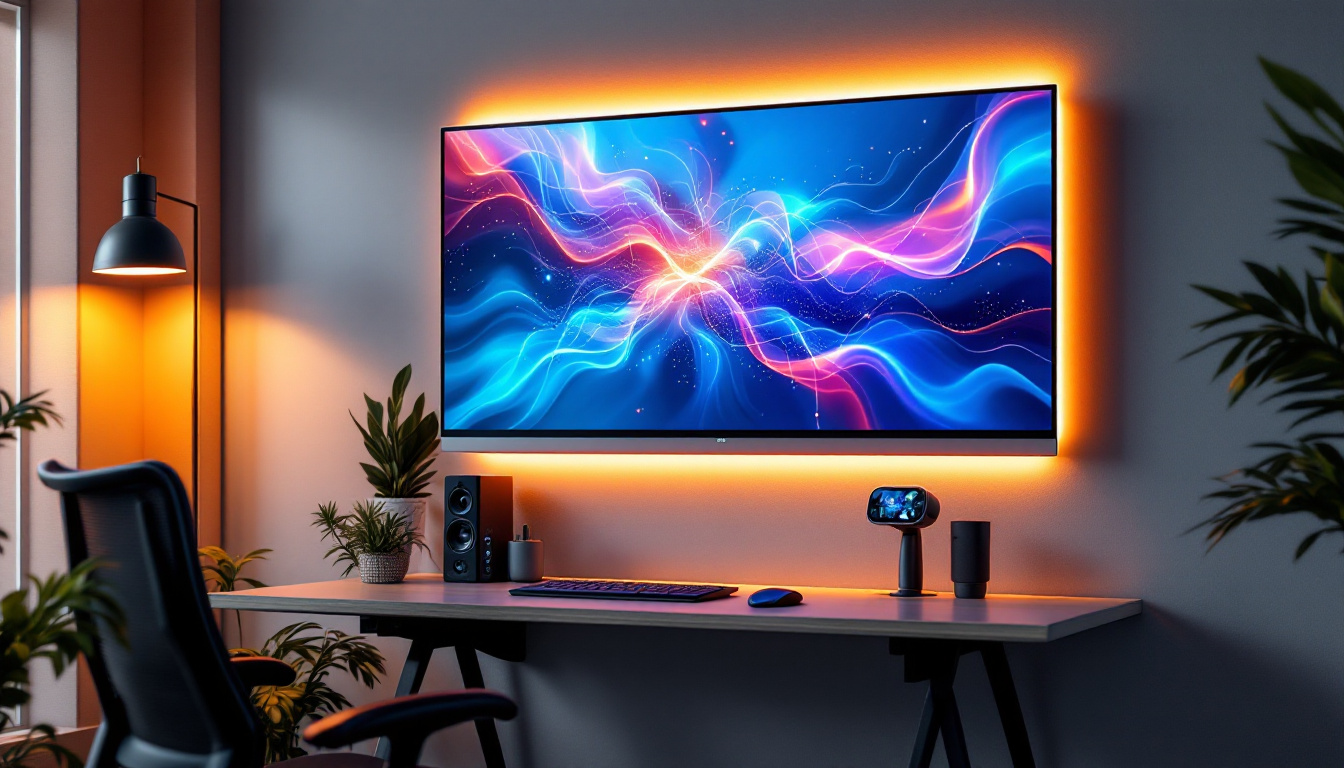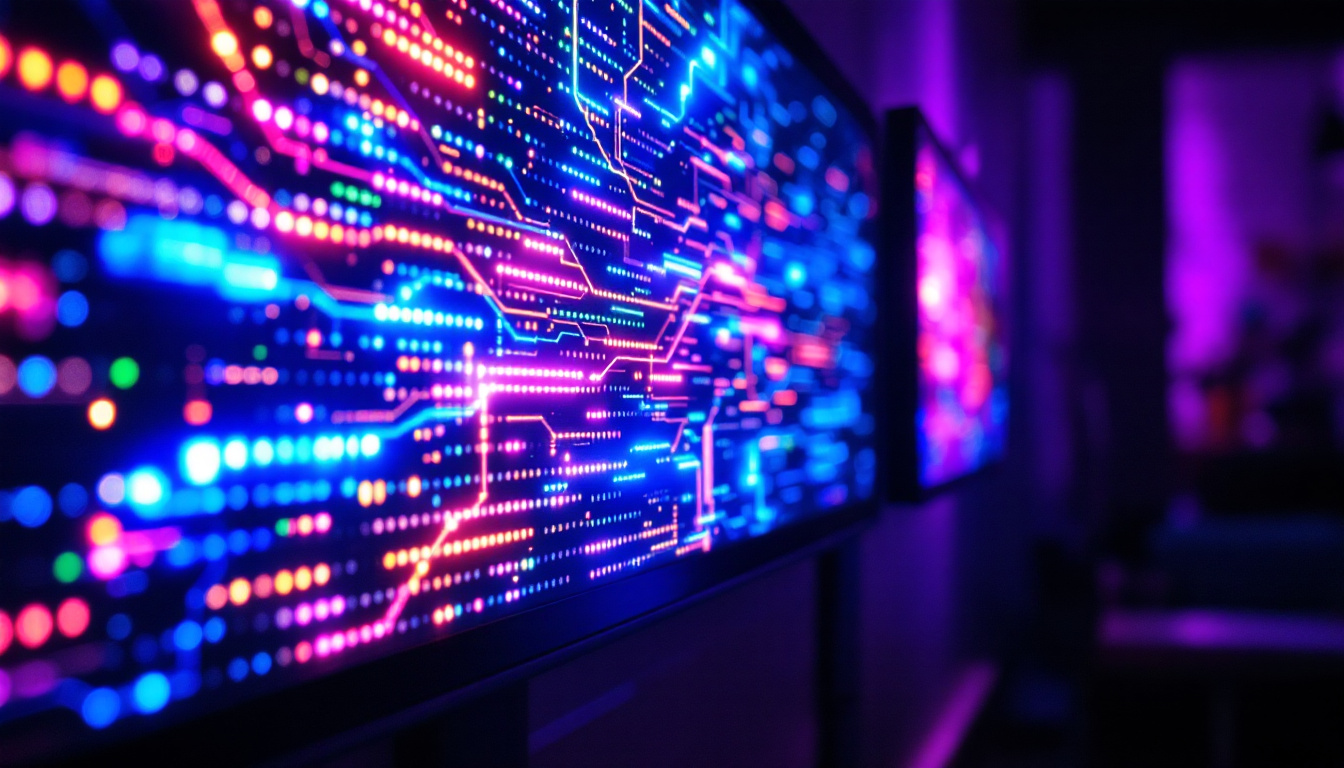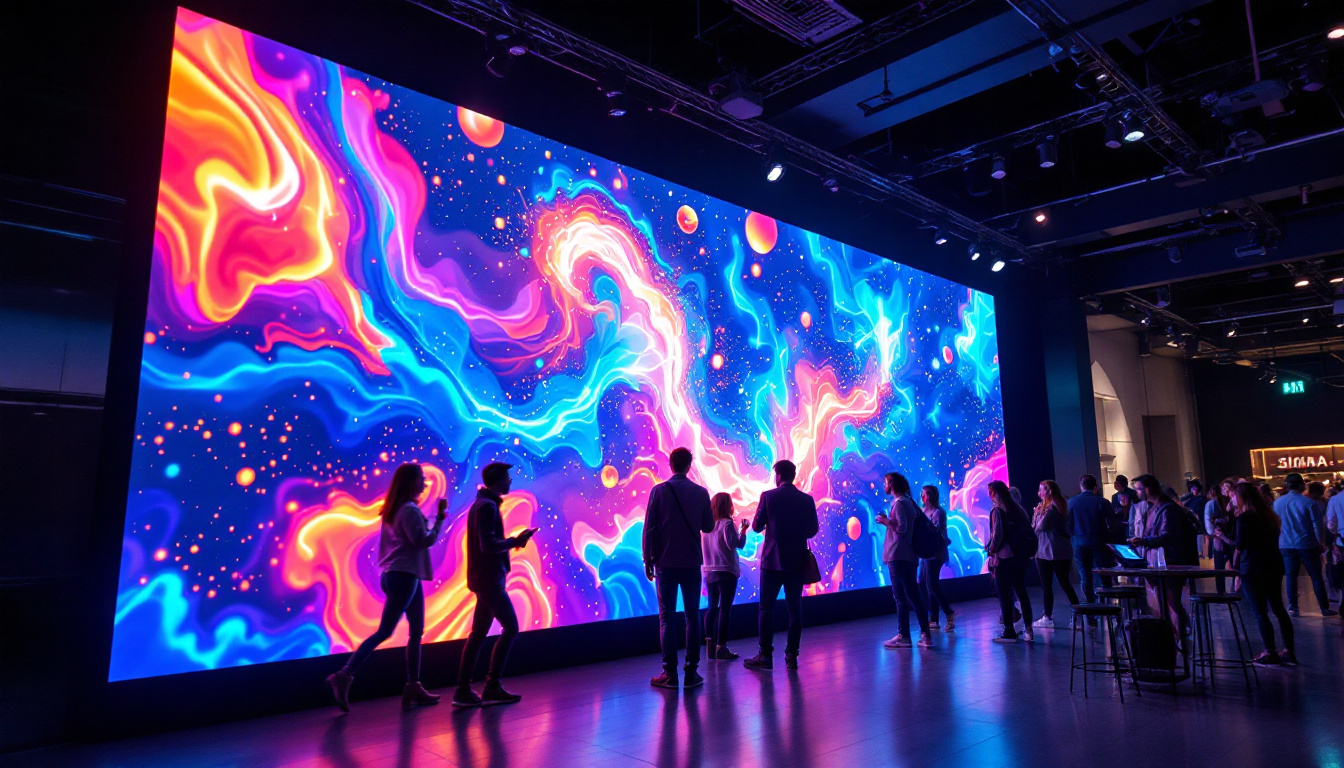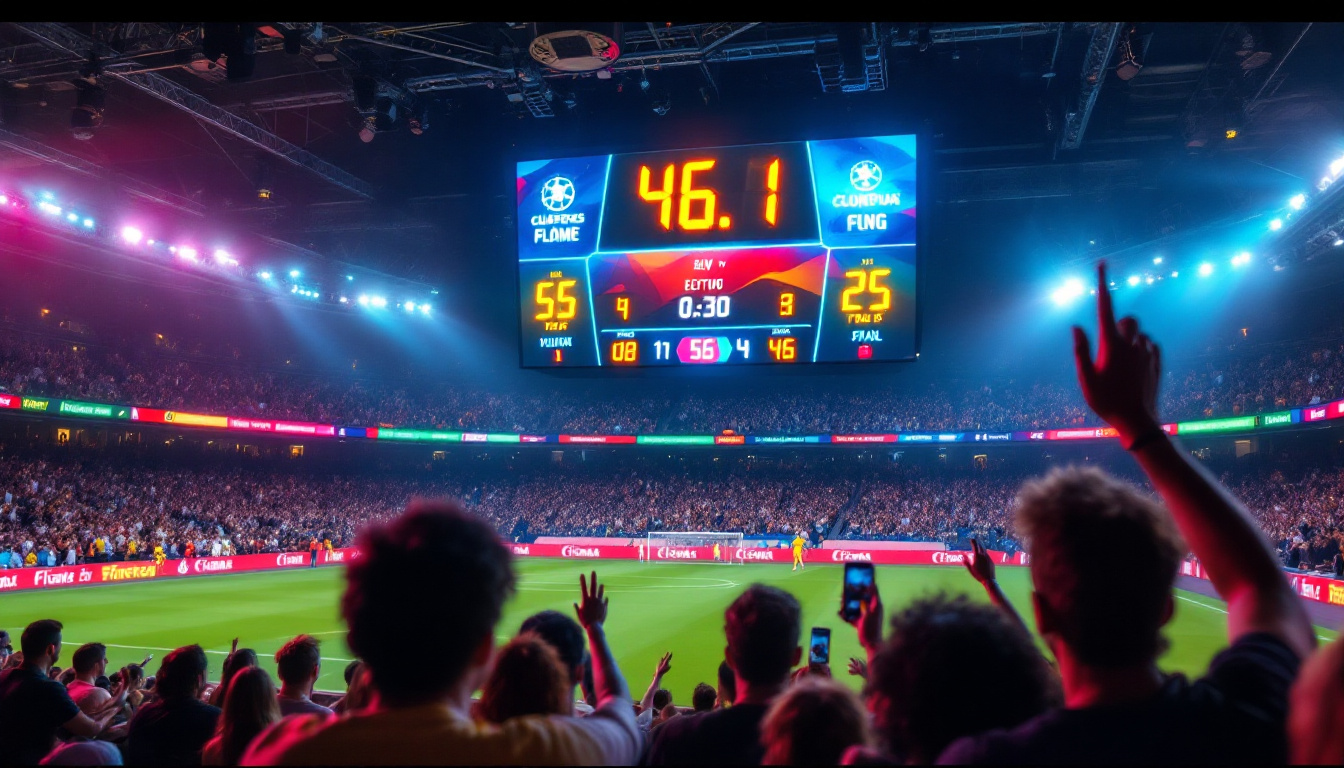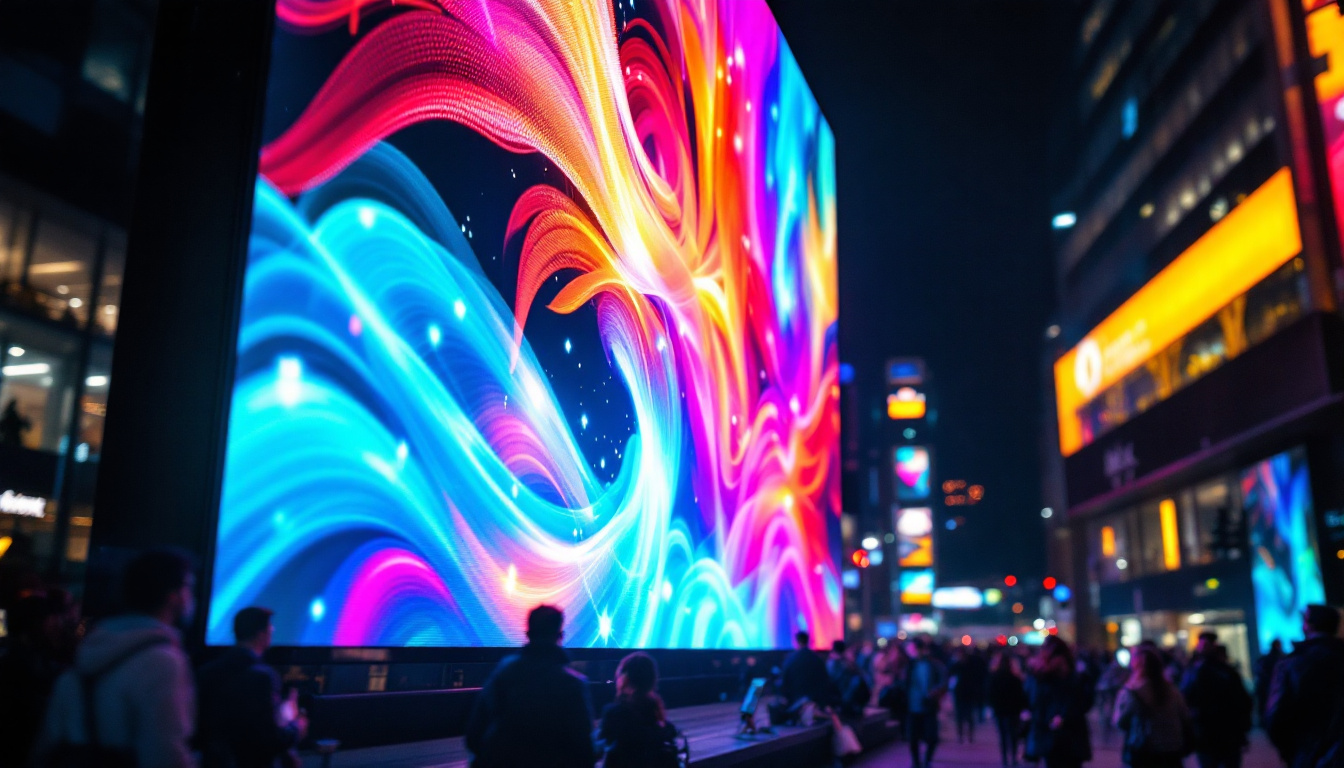In the world of display technology, LED (Light Emitting Diode) technology has revolutionized how images and videos are presented. Among the various types of LED displays, Micro LED and Mini LED have emerged as two of the most discussed technologies. Each offers unique advantages and applications, making them suitable for different use cases. This article delves into the intricacies of Micro LED and Mini LED technologies, comparing their features, benefits, and drawbacks.
Understanding LED Technology
Before diving into the specifics of Micro LED and Mini LED, it’s essential to understand what LED technology entails. At its core, LED technology uses semiconductor materials that emit light when an electric current passes through them. This fundamental principle has led to the development of various display technologies, each with unique characteristics.
LED displays are known for their brightness, energy efficiency, and longevity. They are widely used in televisions, computer monitors, smartphones, and large-scale outdoor displays. The evolution of LED technology has led to the creation of Micro LED and Mini LED, which are designed to enhance performance and image quality further.
The journey of LED technology began in the early 1960s with the invention of the first practical visible-spectrum LED by Nick Holonyak Jr. This breakthrough paved the way for the colorful displays we enjoy today. Over the decades, advancements in materials and manufacturing processes have allowed for the development of LEDs that can produce a wider range of colors and higher levels of brightness. As a result, modern LED displays can achieve stunning visual effects, making them ideal for everything from home entertainment systems to professional-grade monitors used in graphic design and video editing.
Moreover, the versatility of LED technology extends beyond just display applications. It has found its way into various fields, including automotive lighting, architectural illumination, and even horticulture, where specific wavelengths of light are used to optimize plant growth. This adaptability showcases the potential of LED technology to revolutionize not only how we view content but also how we interact with our environment. As we continue to explore the capabilities of Micro LED and Mini LED, we are likely to see even more innovative applications that harness the power of this remarkable technology.
What is Micro LED?
Micro LED technology consists of tiny individual LEDs that are smaller than 100 micrometers. These microscopic diodes can be arranged in a matrix to create a display panel. Unlike traditional LED displays, which use a backlight, Micro LED panels are self-emissive. This means each pixel emits its own light, resulting in deeper blacks and more vibrant colors.
Key Features of Micro LED
One of the standout features of Micro LED technology is its ability to achieve high brightness levels while maintaining energy efficiency. This is particularly beneficial in environments with varying lighting conditions, such as outdoor displays or brightly lit rooms. The adaptability of Micro LED displays allows them to perform exceptionally well in direct sunlight, making them a prime choice for digital billboards and signage.
Additionally, Micro LED displays offer exceptional contrast ratios due to their self-emissive nature. Each pixel can be turned on or off independently, allowing for true blacks and a wider color gamut. This capability makes Micro LED ideal for applications requiring high image fidelity, such as professional video editing and high-end gaming. The rapid response time of Micro LEDs also enhances the viewing experience, reducing motion blur and providing smoother transitions in fast-paced content.
Advantages of Micro LED
Micro LED technology boasts several advantages, including:
- Superior Image Quality: The self-emissive nature of Micro LEDs allows for stunning visuals with high contrast and vibrant colors.
- Scalability: Micro LED panels can be easily scaled to create larger displays without losing image quality. This flexibility is particularly advantageous for large venues and events where custom display sizes are often required.
- Longevity: Micro LEDs have a longer lifespan compared to traditional LEDs, reducing the need for frequent replacements. This durability is crucial for applications in commercial settings where downtime can be costly.
- Energy Efficiency: These displays consume less power, making them environmentally friendly and cost-effective in the long run. Their lower energy consumption also aligns with the growing demand for sustainable technology solutions.
Challenges of Micro LED
Despite its advantages, Micro LED technology faces some challenges:
- Manufacturing Complexity: The production of Micro LED displays is intricate and requires advanced technology, leading to higher manufacturing costs. This complexity can hinder mass production and limit the availability of affordable consumer products.
- Market Availability: As a relatively new technology, Micro LED displays are not yet widely available, limiting consumer options. The slow adoption rate in the market is also influenced by the need for further research and development to optimize production processes.
Moreover, the integration of Micro LED technology into existing devices poses additional hurdles. Manufacturers must navigate compatibility issues with current hardware and software systems, which can delay the rollout of new products. As the technology matures, however, we can anticipate innovative solutions that will enhance its accessibility and performance in various sectors.
What is Mini LED?
Mini LED technology represents a significant advancement in backlighting technology for LCD displays. Unlike Micro LEDs, which are self-emissive, Mini LEDs serve as a backlight for traditional LCD panels. Mini LEDs are smaller than standard LEDs, typically measuring between 100 and 200 micrometers, allowing for more precise control of lighting zones.
Key Features of Mini LED
Mini LED technology enhances the performance of LCD displays by providing better local dimming capabilities. This means that the backlight can be adjusted in smaller zones, resulting in improved contrast and brightness levels. Mini LED displays can achieve deeper blacks and more accurate colors compared to traditional LED-backlit LCDs.
Furthermore, Mini LED technology allows for thinner display designs, making it an attractive option for manufacturers looking to create sleek and modern devices.
Advantages of Mini LED
Mini LED technology offers several benefits, including:
- Improved Contrast and Brightness: The ability to control backlighting in smaller zones leads to enhanced contrast ratios and brightness levels.
- Cost-Effective: Mini LED displays are generally more affordable to produce than Micro LED displays, making them accessible to a broader audience.
- Compatibility: Mini LED technology can be integrated into existing LCD manufacturing processes, allowing for a smoother transition for manufacturers.
Challenges of Mini LED
While Mini LED technology presents several advantages, it is not without its challenges:
- Limited Self-Emissive Capabilities: Unlike Micro LEDs, Mini LEDs still rely on LCD technology, which can limit their potential for achieving true blacks.
- Potential for Blooming: The localized dimming zones can sometimes lead to blooming effects, where bright objects can bleed into darker areas.
Comparing Micro LED and Mini LED
When comparing Micro LED and Mini LED technologies, it’s essential to consider various factors, including image quality, manufacturing processes, and application suitability. Both technologies have their strengths and weaknesses, making them suitable for different use cases.
Image Quality
Micro LED displays excel in image quality due to their self-emissive nature. They can achieve perfect blacks and a wider color gamut, making them ideal for high-end applications such as professional video editing and immersive gaming experiences.
In contrast, Mini LED displays, while significantly improved over traditional LCDs, still rely on backlighting. Although they offer better contrast and brightness than standard LED-backlit LCDs, they may not reach the same level of image fidelity as Micro LEDs.
Manufacturing and Cost
Manufacturing Micro LED displays is a complex and costly process, which can limit their availability and increase prices. The technology is still in its early stages, and while advancements are being made, it remains a premium option.
On the other hand, Mini LED technology is more cost-effective to produce and can be integrated into existing LCD manufacturing processes. This makes Mini LED displays more accessible to consumers and manufacturers alike.
Applications and Use Cases
Micro LED technology is best suited for high-end applications where image quality is paramount. This includes professional displays, high-end televisions, and immersive gaming setups. The scalability of Micro LED technology also makes it suitable for large-scale installations, such as digital billboards and video walls.
Mini LED technology, with its improved performance over traditional LCDs, is well-suited for consumer electronics such as televisions, computer monitors, and laptops. Its cost-effectiveness and compatibility with existing manufacturing processes make it an attractive option for a wide range of devices.
Future of LED Technology
The future of LED technology looks promising, with both Micro LED and Mini LED continuing to evolve. As manufacturing processes improve and costs decrease, it is likely that both technologies will become more accessible to consumers.
Advancements in Micro LED
Research and development in Micro LED technology are focused on improving manufacturing techniques to reduce costs and increase yield. Innovations such as automated assembly processes and advanced materials are paving the way for more widespread adoption of Micro LED displays.
Furthermore, the potential for Micro LED technology to be used in flexible and transparent displays opens up new possibilities for applications in various industries, from automotive to architecture.
Growth of Mini LED
Mini LED technology is expected to see significant growth in the consumer electronics market. As manufacturers continue to enhance the performance of Mini LED displays, they will likely become the standard for mid-range to high-end televisions and monitors.
Additionally, the integration of Mini LED technology into more affordable devices will make high-quality displays accessible to a broader audience, driving further adoption.
Conclusion
In summary, both Micro LED and Mini LED technologies represent significant advancements in display technology. Micro LED displays offer superior image quality and scalability, making them ideal for high-end applications. In contrast, Mini LED displays provide improved performance over traditional LCDs at a more accessible price point.
As technology continues to evolve, both Micro LED and Mini LED will play crucial roles in shaping the future of displays. Understanding the differences between these two technologies can help consumers and manufacturers make informed decisions about which display solution best meets their needs.
Ultimately, whether one chooses Micro LED or Mini LED will depend on specific requirements, budget constraints, and intended applications. As both technologies continue to develop, the landscape of LED displays will undoubtedly become even more exciting and diverse.
Discover the Future of LED Displays with LumenMatrix
Ready to experience the pinnacle of LED display technology? LumenMatrix is at the forefront of innovation, offering an extensive array of LED display solutions tailored to your unique needs. From mesmerizing Indoor and Outdoor LED Wall Displays to dynamic Vehicle and Sports LED Displays, our products are designed to captivate and engage. Elevate your visual communication with our Custom, All-in-One, and Transparent LED Displays. Check out LumenMatrix LED Display Solutions today and transform your space into a canvas of stunning visuals and unparalleled clarity.

